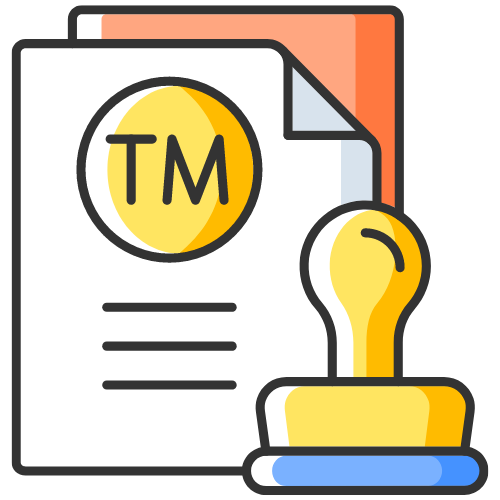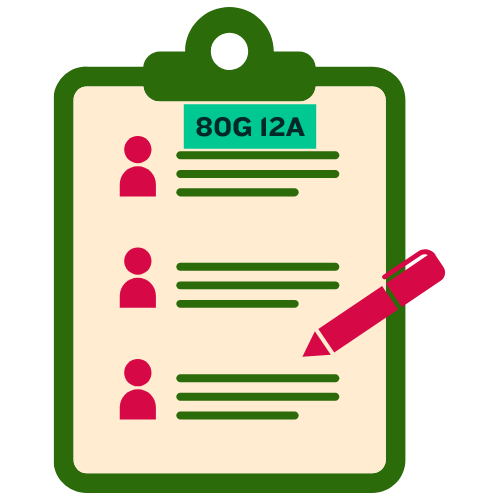How to Verify a Digital Signature: A Step-by-Step Approach
Learn how to verify a digital signature using a step-by-step approach in this comprehensive guide. Understand the process and ensure the authenticity and integrity of digital documents and communications.
How to Verify a Digital Signature: A Step-by-Step Approach
In today's digital age, the use of digital signatures has become increasingly common for verifying the authenticity and integrity of digital documents and communications. Digital signatures provide a way to ensure that a document or communication has not been tampered with and comes from the expected sender. In this comprehensive guide, we will walk you through the step-by-step process of verifying a digital signature to help you validate electronic signatures with confidence.
Understanding Digital Signatures
Before delving into the verification process, it is essential to have a basic understanding of what digital signatures are and how they work. A digital signature is a cryptographic technique used to verify the authenticity and integrity of a digital message or document. It is created using a combination of a private key and a public key, where the private key is used to generate the signature, and the public key is used to verify it.
The Digital Signature Verification Process
Verifying a digital signature involves several steps to ensure that the signature is valid and the document has not been altered. Below is a step-by-step approach to verify a digital signature:
Step 1: Obtain the Digital Signature
The first step in the verification process is to obtain the digital signature that is associated with the document or communication you want to verify. The digital signature is typically provided along with the document and is used to verify its authenticity.
Step 2: Obtain the Public Key
Next, you need to obtain the public key of the entity who has signed the document. The public key is used to verify the digital signature and can usually be obtained from a public key repository or directly from the sender.
Step 3: Verify the Digital Signature
Once you have obtained the digital signature and the public key, you can proceed to verify the digital signature. This is done by using the public key to decrypt the signature and compare it with a newly generated hash of the original document. If the decrypted signature matches the hash, the signature is valid, and the document has not been tampered with.
Step 4: Validate the Digital Signature
After verifying the digital signature, it is essential to validate it to ensure its authenticity. This involves checking the digital certificate associated with the public key to verify that it is issued by a trusted certificate authority and has not expired. A valid digital certificate confirms the authenticity of the digital signature.
Ensuring the Authenticity and Integrity of Digital Documents
By following the step-by-step approach to verify a digital signature, you can ensure the authenticity and integrity of digital documents and communications. Digital signatures provide a secure and reliable way to verify the identity of the sender and ensure that the content has not been altered during transmission.
The Importance of Digital Signature Security
It is crucial to emphasize the importance of digital signature security in today's digital landscape. Ensuring the security of digital signatures is essential to prevent unauthorized access or tampering with sensitive information. By following best practices for digital signature verification, you can protect the integrity of your digital documents and communications.
Verifying a digital signature is a critical step in ensuring the authenticity and integrity of digital documents and communications. By following a step-by-step approach to verify a digital signature, you can validate electronic signatures with confidence and trust that your information is secure. Understanding the digital signature process and implementing proper security measures are essential in today's digital age to protect sensitive information and maintain trust in online transactions.
Latest Updates
ca4filings.com Services




























-registration.png)



